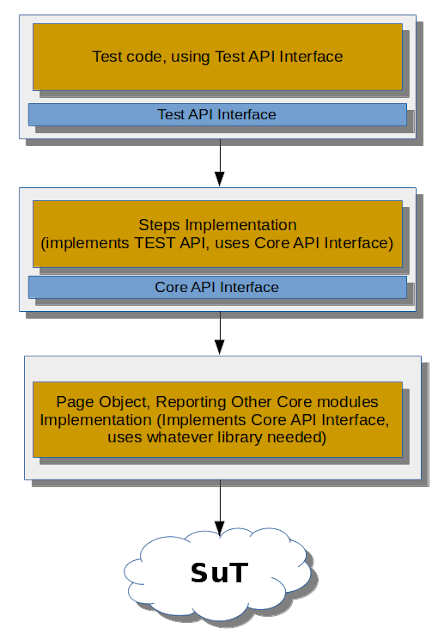Tic Tac Toe computer player algorithm via TDD
Some time ago I had an argument with another team member - he was claiming that Test-driven development (TDD) was not applicable to our application. He thought it would be more efficient to rely on manual or E2E testing instead. I disagreed. Without going too much into the details, the core of the application we were working on was a graph-traversing algorithm with some amount of mathematical calculations. It was painful to test on a system level as the number of possibilities was huge and it was not easy to put the system into a particular state to check specific conditions. I thought that thorough unit-test coverage, and, ideally, TDD would be more efficient, but was not able to persuade my colleague. At the end of the day, I started to doubt if I was right. Challenge was accepted, so I tried to do something more or less similar (though simplified) - implementing a Tic Tac Toe computer player logic via as pure TDD as possible. Long story short, after some time I managed to g...

